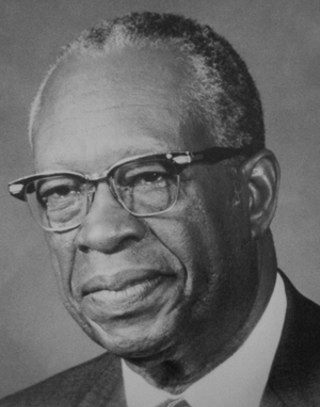An excerpt from : O’Dell, Bob, Five Years with Orthodox Jews, (Jerusalem, Israel: Root Source Press, 2020), 290-291.
In 1975, eight years before I first set foot in Austin, a debate raged in the city council about renaming one of the larger streets, 19th Street, after civil rights leader Rev. Martin Luther King Jr. who was assassinated in 1968. 19th Street ran east-west from the University and the prosperous white side of town, into the heart of east Austin, the predominantly black part of town.
When a group of young black students in east Austin approached the city council with the idea to rename 19th Street to honor the black hero of the civil rights movement, the council approved the change. But quickly the downtown businessmen heard about it, and resisted. The strongest pushback was from business owners on the western portion of 19th Street, saying that it would be costly to their businesses, and problematic. It was then discovered that renaming a major street that crosses over an interstate highway would require replacing a number of exit signs, and would cost the city $55,000. In an effort to compromise, the idea was proposed by the city council to rename 19th Street after Martin Luther King Jr., but only the eastern stretch of the road, the part that traversed the black part of town.
The original idea of the black students was now scrapped. The city council voted to start the discussion over from the beginning, at a future date, and to investigate new street-naming options that would not incur any unplanned expense. Upon concluding this vote, a man in the audience raised his hand. The former pastor and president-emeritus of the historically black Huston-Tillotson College in east Austin, J.J. Seabrook, raised his hand to speak. J.J. Seabrook had been advising the black students for months, mostly behind-the-scenes.
While the allotted time for public comment was over, knowing who had just raised his hand, the mayor moved to permit him to speak. All eyes, including those of the all-white city council, watched as he walked towards the podium, disgusted to say the least. There he spoke, and made an impassioned plea for the council to favorably reconsider the original proposal of the young black college students, reminding them they had previously approved it! With passion and force of speech, the usually quiet man declared that the proposal of the black students was the only right proposal. He also reminded them that renaming 19th Street only in east Austin would go against everything Martin Luther King Jr. believed in: unity, and the bringing together of people regardless of the color of their skin. While speaking, and before he could take his first steps back to his seat, he faltered and fell. Many people rushed forward. One council member broke with the cultural norms of that period: a white woman gave a black man mouth-to-mouth resuscitation. An ambulance quickly arrived, but J.J. Seabrook would be pronounced dead upon arrival at the nearby hospital. At age 76, J.J. Seabrook had died from a massive heart attack.
The council meeting was immediately adjourned on that day, May 1st 1975. But upon its next convening, 19th Street would be quickly renamed Martin Luther King Jr. Boulevard — over its entire span across the city.
